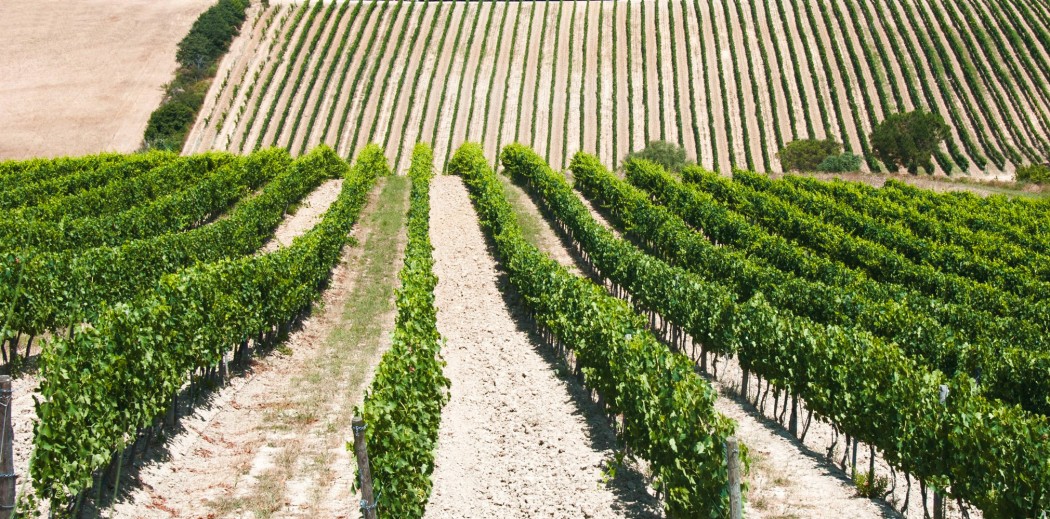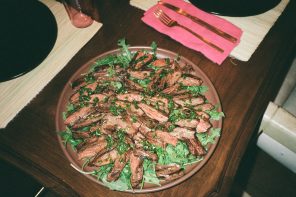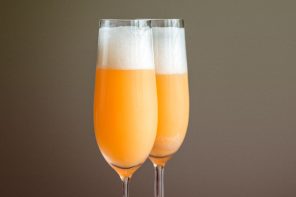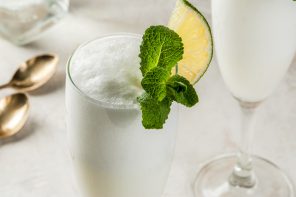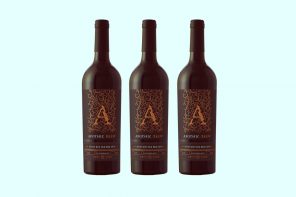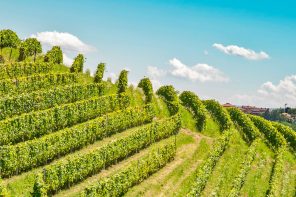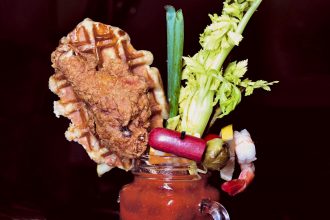Chianti Classico, Vernaccia di San Gimignano and, of course, the famed namesake Super-Tuscan – it’s safe to say that when it comes to Tuscany, the region can pretty much do it all. However, there is one appellation that rises above the rest, whose wines set themselves apart from all of the others. Head 50 miles south from Florence and you’ll find yourself smack dab in the middle of Montalcino, the heart and soul of the celebrated Brunello di Montalcino DOCG. With fame, history and quality like no other, it’s no surprise that Brunello is seen as the crown jewel of Tuscany. Take a deeper dive into the region for yourself with today’s dose of Appellation Appreciation.
The history of Brunello goes way back, with records of the wine’s first production noted as early as the 1300s. The wine continued to gain renown throughout the next few hundred years; in the mid 1800s, Biondi-Santi winery was noted for crafting varietal Sangiovese from exceptional plots, implementing the use of oak barrel aging by the end of the century. As of the 1960s, there were 11 producers in Tuscany making Brunello wines; as of 1968, the DOC of Brunello di Montalcino was created. Twelve years (and five times the amount of producers) later, the appellation would claim Italy’s first DOCG recognition.
Montalcino provides some seriously stellar grape growing conditions for Sangiovese. The climate is warmer and drier than most of the region, causing the grapes to be some of the first ripening in all of Tuscany. Rainfall is relatively low, and grapes grow on both northern and southern facing slopes. Soils are dramatically different, with schist and clay dominating certain areas, and limestone prevailing over others. Regardless of varying differences within the region, the wines’ qualities remain above average, thanks to strict appellation rules in the winemaking department.
Brunello di Montalcino is crafted entirely from the Sangiovese grape, generally undergoing a longer maceration process than most other Sangiovese-based wines. Post-fermentation, the wine is aged for a minimum of three years (for normale bottlings) in large Slavonian casks, known locally as ‘botte,’ causing oak flavors to be tamed and integrated. Standard normale Brunello di Montalcino ages for a minimum of four years and two months post-harvest, with at least two years in oak. Riserva bottlings require an additional year of aging, though most wines will age for much, much longer. Young Brunellos will show flavors of bright cherry, licorice and have more astringent tannins. As the wines age, bright cherry flavors will turn more candied, and prominent notes of dried rose and spice will begin showing.
Due to its high regard, Brunello doesn’t generally come cheap; thankfully, some producers release their wines prior to the regulated aging requirements under the Rosso di Montalcino classification. Good Rosso will essentially taste like a baby Brunello at a much cheaper price. On a night that calls for two bottles, we recommend grabbing one of each and tasting the difference for yourself! Disclaimer: you won’t be disappointed with either.

